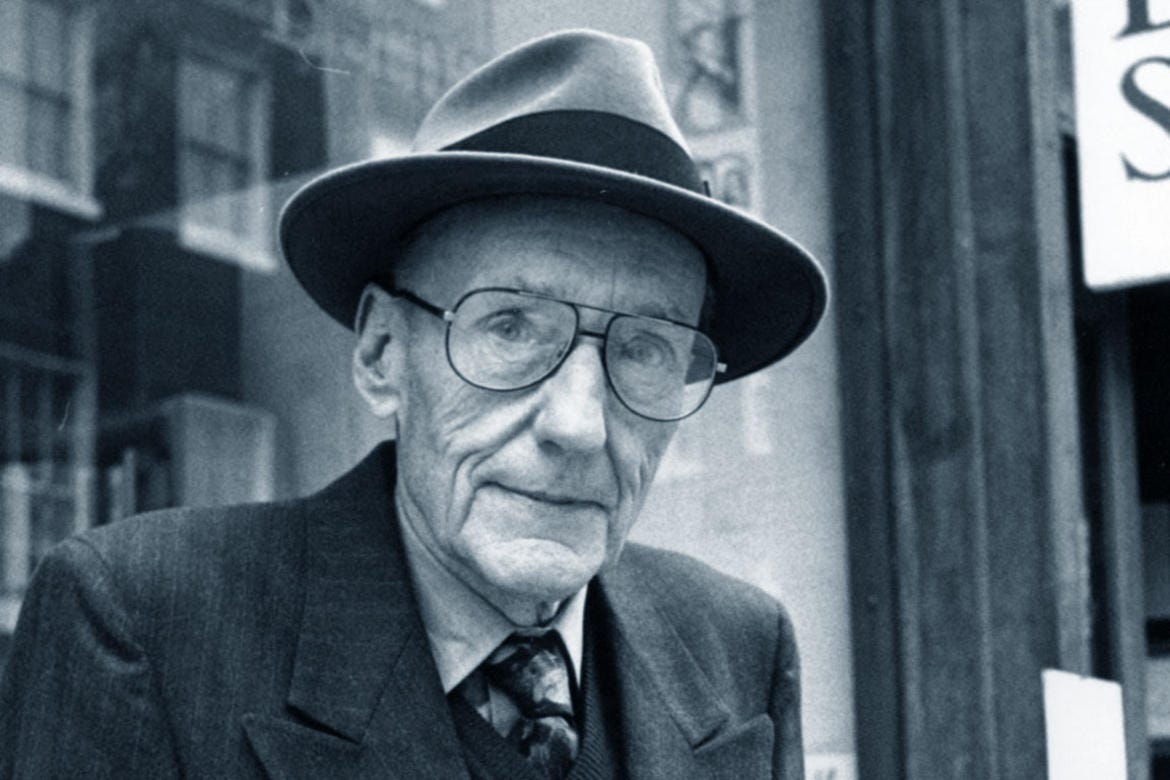William S. Burroughs
William S. Burroughs (1914-1997) was a seminal figure in the postwar American literary scene.
William S. Burroughs was an avant-garde author whose influence extends far beyond his most famous work, "Naked Lunch" (1959). His life and work were deeply intertwined, marked by experimentation, addiction, and a profound critique of societal norms and control mechanisms.
Early Life and Education
William Seward Burroughs II was born on February 5, 1914, in St. Louis, Missouri, into a wealthy family due to his grandfather's invention of the Burroughs adding machine. He attended John Burroughs School in St. Louis and later Harvard University, graduating in 1936 with a degree in English literature. After Harvard, Burroughs drifted, studying medicine in Vienna briefly and becoming involved in various jobs and interests.
Beginnings of a Writer
Burroughs's entry into the world of writing and the counterculture movement was gradual. His early endeavors were not in writing but in various occupations and travels. It was not until the 1940s, after moving to New York and meeting Allen Ginsberg and Jack Kerouac, key figures of the Beat Generation, that Burroughs began to seriously consider writing. His first published work, "Junky" (1953), is a semi-autobiographical account of his experiences as a drug addict.
"Naked Lunch" and Literary Experimentation
The publication of "Naked Lunch," a non-linear narrative that disrupts conventional plot and character development, marked a significant moment in postmodern literature. The book was subject to a landmark obscenity trial in Boston in 1962, which it ultimately won, challenging censorship and advocating for freedom of expression. Burroughs's method of cutting up and rearranging text influenced not only literature but also visual arts and music.
Later Life and Work
After "Naked Lunch," Burroughs continued to write prolifically, producing novels, essays, and collaborative projects. His later works include the "Nova Trilogy" and "The Red Night Trilogy," which further explored themes of societal control, addiction, and the human condition. Burroughs also experimented with painting, filmmaking, and performance art.
Personal Life
Burroughs's life was marked by tragedy and controversy, notably the accidental shooting of his wife, Joan Vollmer, in 1951 during a drunken game of "William Tell" in Mexico City. This event deeply impacted him and his writing. Burroughs struggled with drug addiction for much of his life, a struggle that informed much of his work.
Legacy
Burroughs passed away on August 2, 1997, in Lawrence, Kansas, where he had spent his last years. His influence on literature and culture remains profound, with his works continuing to inspire new generations of writers, artists, and thinkers. Burroughs is celebrated not only for his contributions to literature but also for his role in challenging societal norms and advocating for freedom of expression and thought.
William S. Burroughs's legacy is as complex as his life and work, embodying the struggles and transformations of the 20th century. His exploration of the human psyche, societal constraints, and the potential for liberation through art marks him as one of the most innovative and controversial writers of his time.

